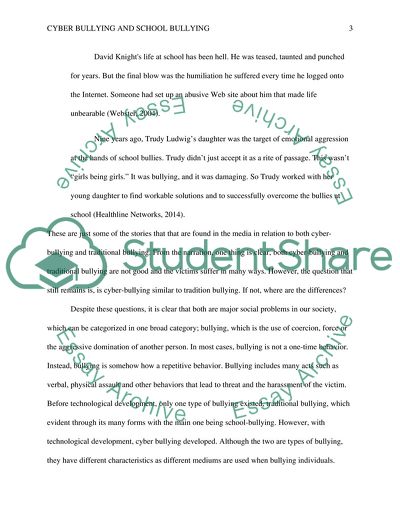Cite this document
(Combining Patterns Essay Example | Topics and Well Written Essays - 1250 words, n.d.)
Combining Patterns Essay Example | Topics and Well Written Essays - 1250 words. https://studentshare.org/social-science/1850020-combining-patterns
Combining Patterns Essay Example | Topics and Well Written Essays - 1250 words. https://studentshare.org/social-science/1850020-combining-patterns
(Combining Patterns Essay Example | Topics and Well Written Essays - 1250 Words)
Combining Patterns Essay Example | Topics and Well Written Essays - 1250 Words. https://studentshare.org/social-science/1850020-combining-patterns.
Combining Patterns Essay Example | Topics and Well Written Essays - 1250 Words. https://studentshare.org/social-science/1850020-combining-patterns.
“Combining Patterns Essay Example | Topics and Well Written Essays - 1250 Words”. https://studentshare.org/social-science/1850020-combining-patterns.


